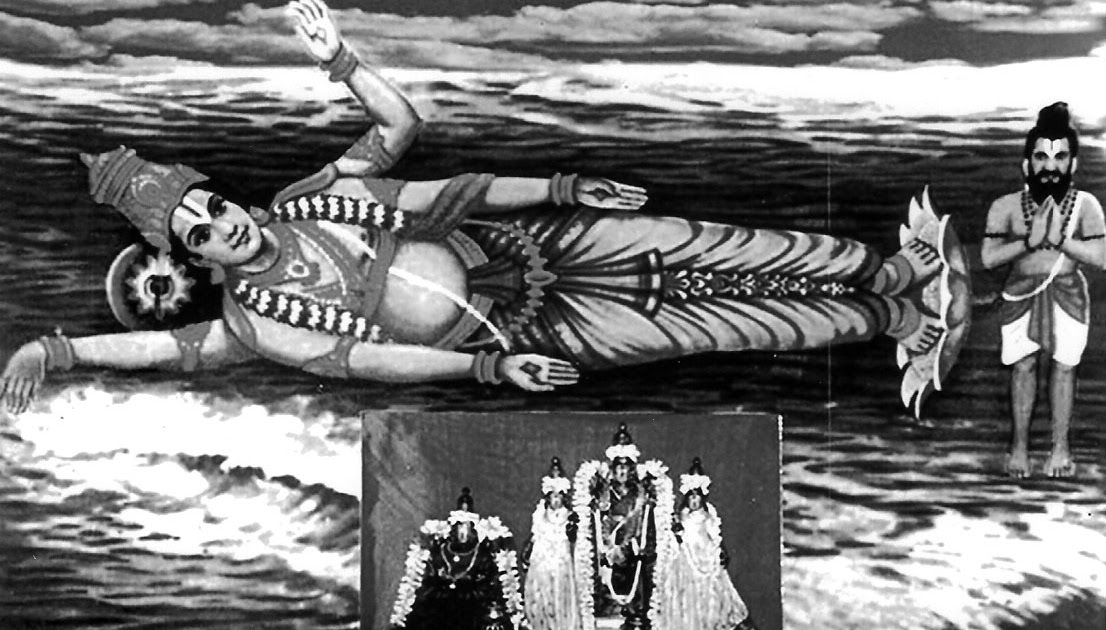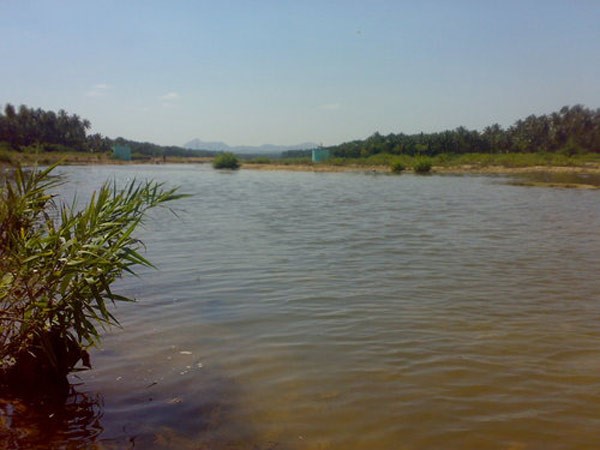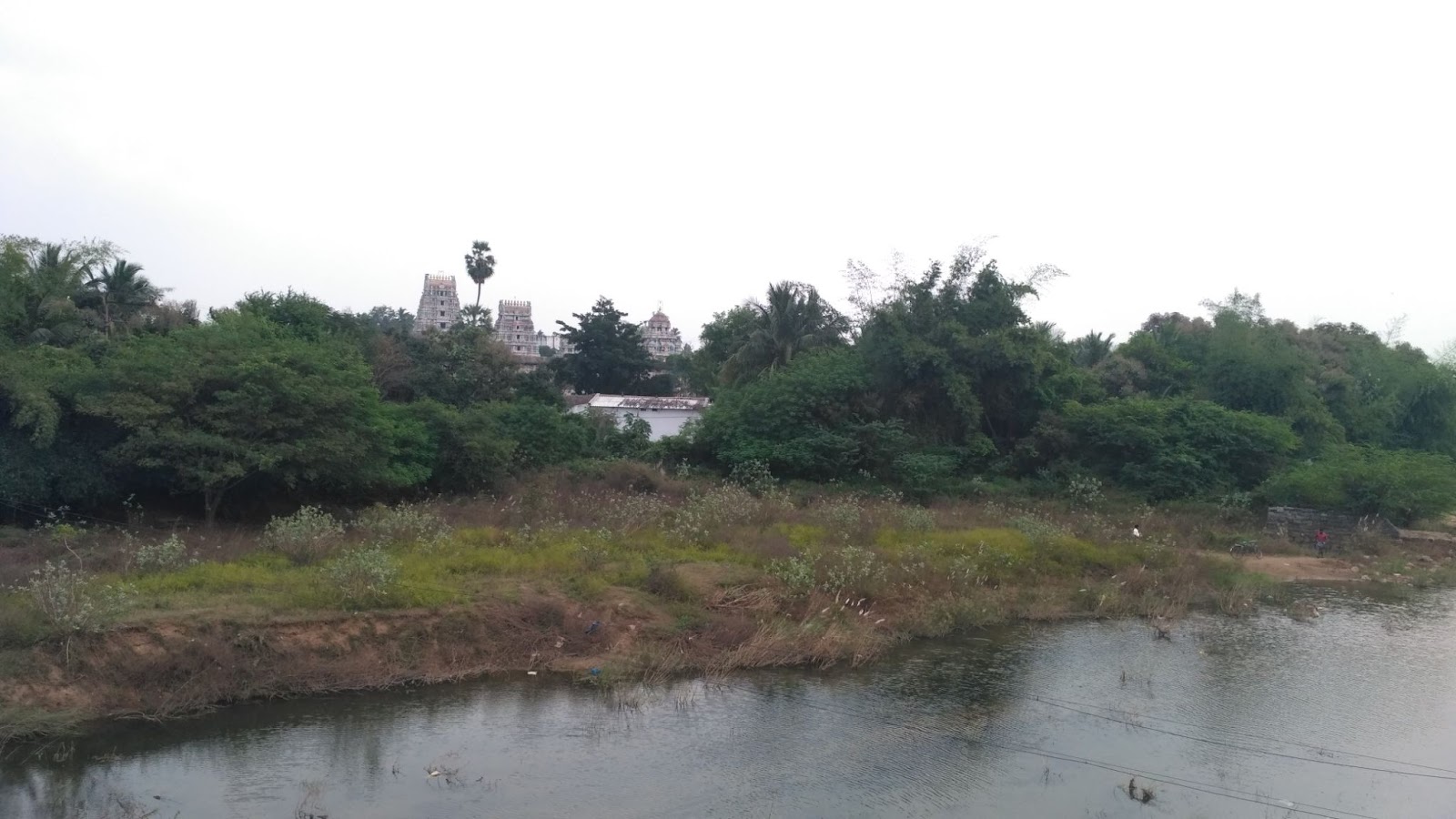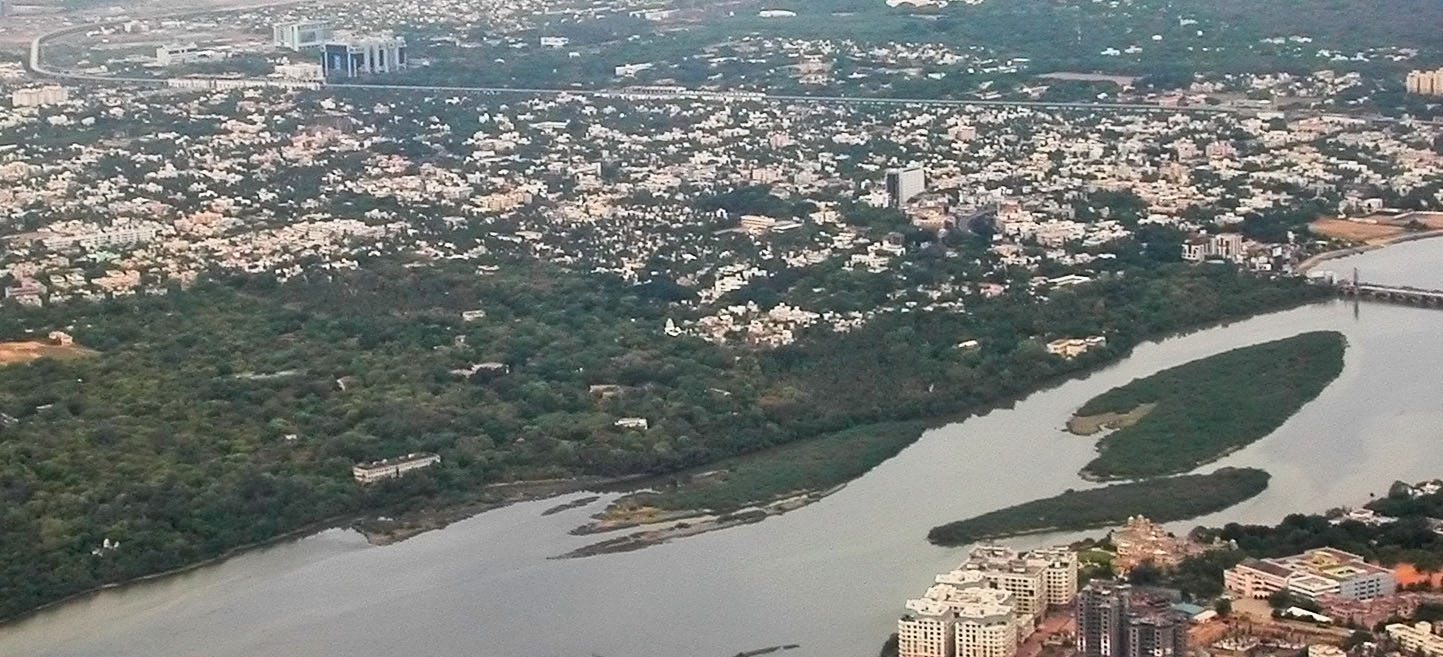- Sri Sthala Sayana Perumal Temple is among the 108 divya desams of SriVaishnavas and is a part of the tondai nadu divya desams.
- This temple is the 63rd Divyadesam and this place is also known as Thirukadal Mallai. Constructed in the Dravidian style of architecture, the temple is believed to have been built by Pallavas, with later contributions from Medieval Cholas, Vijayanagar Kings, and Madurai Nayaks.
- This is the Sthalasayana Perumal Temple and dates back to 1000 years.
- The Perumal found in this sthalam is Sri Sthala Sayana Perumal. He is found in Kidantha kolam in bhujanga sayanam (sleeping) and facing his thirumugham towards the East direction along the sea.
- This sthalam, Thirukadalmallai is also called as “Mahabalipuram” and “Mamallapuram”.
- The Sthalasayana Perumal Temple is one of the 32 Group of Monuments at Mahabalipuram that is declared a UNESCO World Heritage Site, but unlike others that are maintained by the ASI (Archaeological Survey of India), the temple is administered and maintained by the Hindu Religious and Endowment Department of the Government of Tamil Nadu.
PURANIC SIGNIFICANCE 1:

- Once the Sage Pundareeka was performing penance at Mahabalipuram.
- He saw lotus flowers in a tank nearby and wanted them to be placed at the feet of Lord Narayana in the Milk Ocean-Thiruparkadal.
- He collected 1,008 flowers and in his intensity, he scooped out water also in full.
- Picking up the flowers, he proceeded to Tiruparkadal but the sea obstructed his march.
- To make way, he began to dry the sea by removing the water day and night.
- This went on for years.
- Tired, he cried “Oh Lord Parandhama, if I am your true devotee, let the sea dry and make way for me and till such time I reach you these flowers should not fade off.”
- His mind was completely set on the Lord.
- Perumal appeared before him as an aged man.
- The old man asked the sage to get him food as he was hungry.
- He also advised him to stop his impossible task and do something worthwhile.
- The sage asked the old man to hold his flower basket and wait till he brought food for him saying that he was determined to see Perumal in Thiruparkadal, place the flowers at his feet and would not rest till then.
- The sage went to bring food for the old man.
- Before he returned, Perumal wore all the flowers on his Thirumeni – body – and was in his reclining posture.
- It was a pleasant shock for the sage to see his Lord and begged his pardon for making him carry the flower basket and also begged to allow him at his feet.
- As Lord gave darshan in his reclining position, he is praised as Sthala Sayana (reclining) Perumal.
- Pundareeka Maharishi is also there in the sanctum sanctorum with the folded hands at the feet of the ALMIGHTY.
- As per another story, king Harikesarivarman was visiting the Lord at Thiruvidanthai temple daily from Mahabalipuram. And impressed with his devotion, the Lord himself settled here as Sthalasayana Perumal.
446a7e.png)



